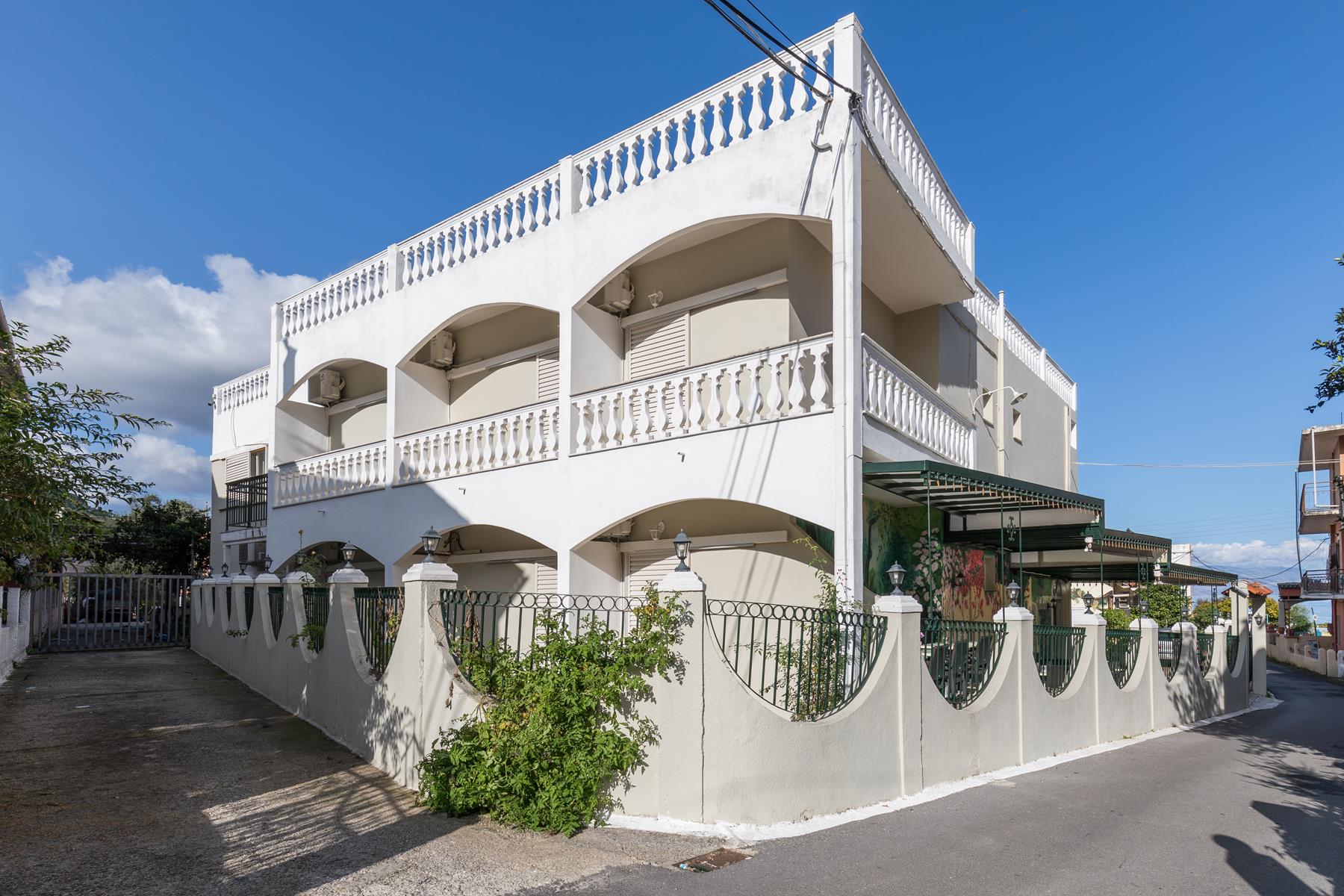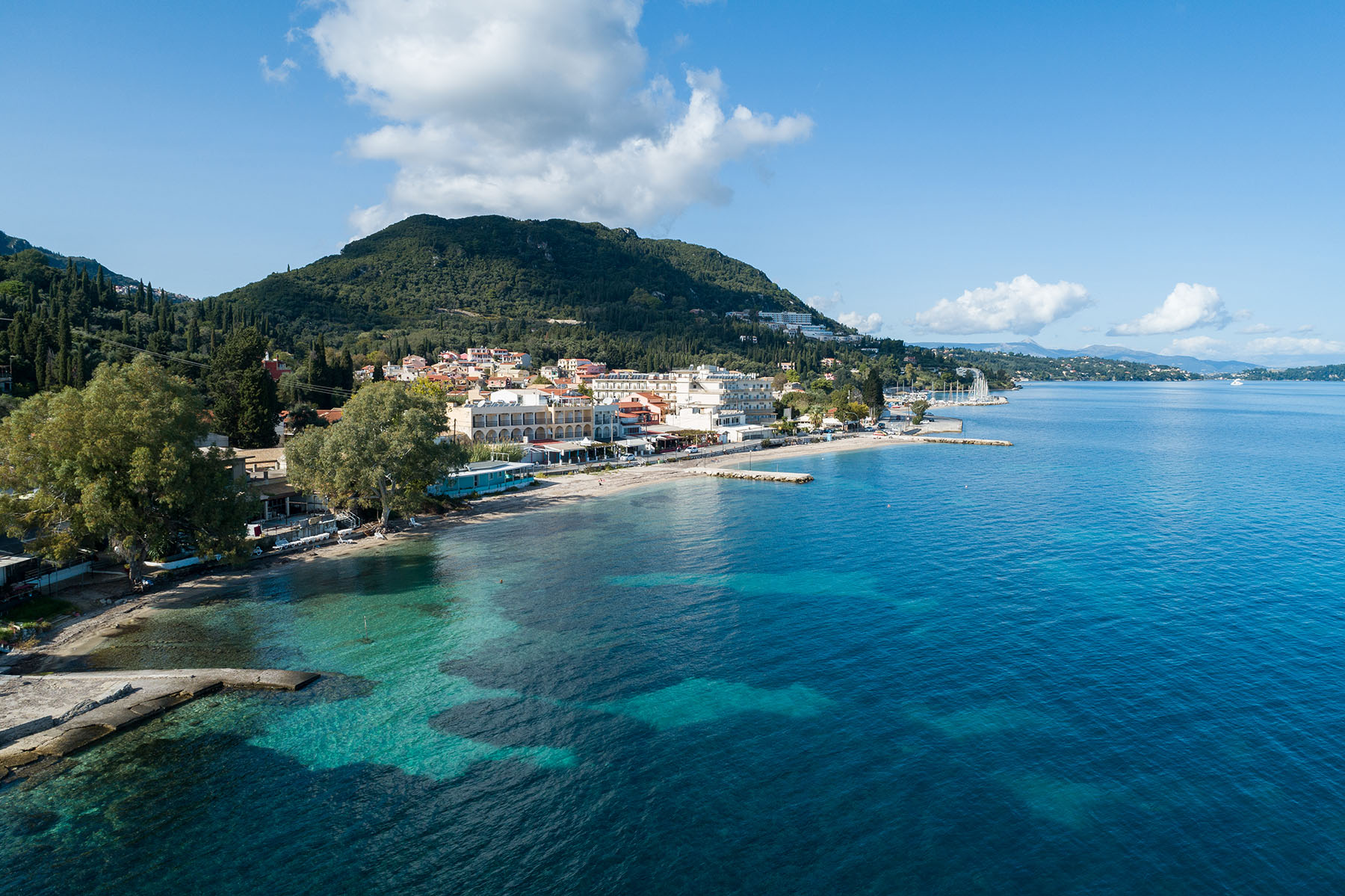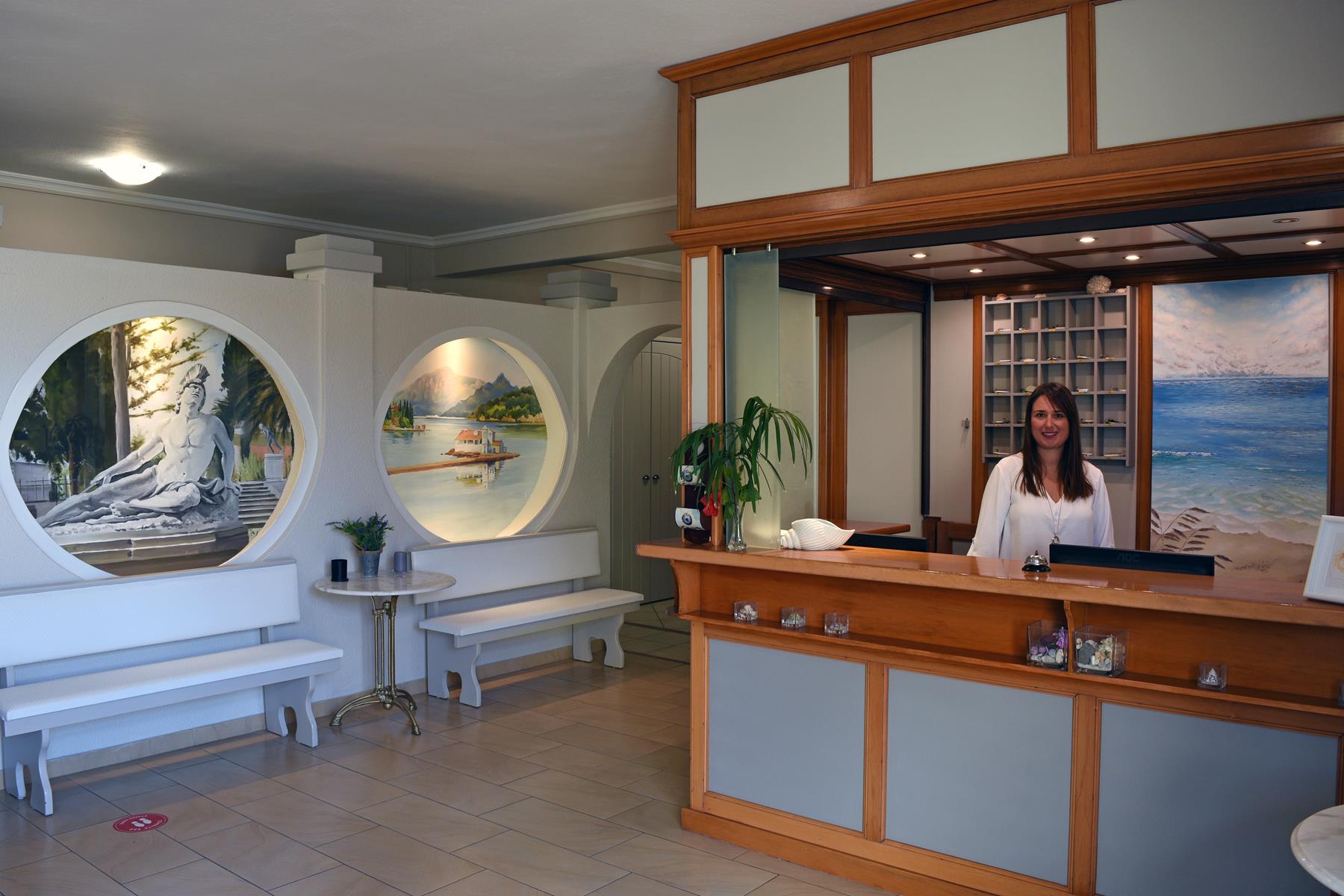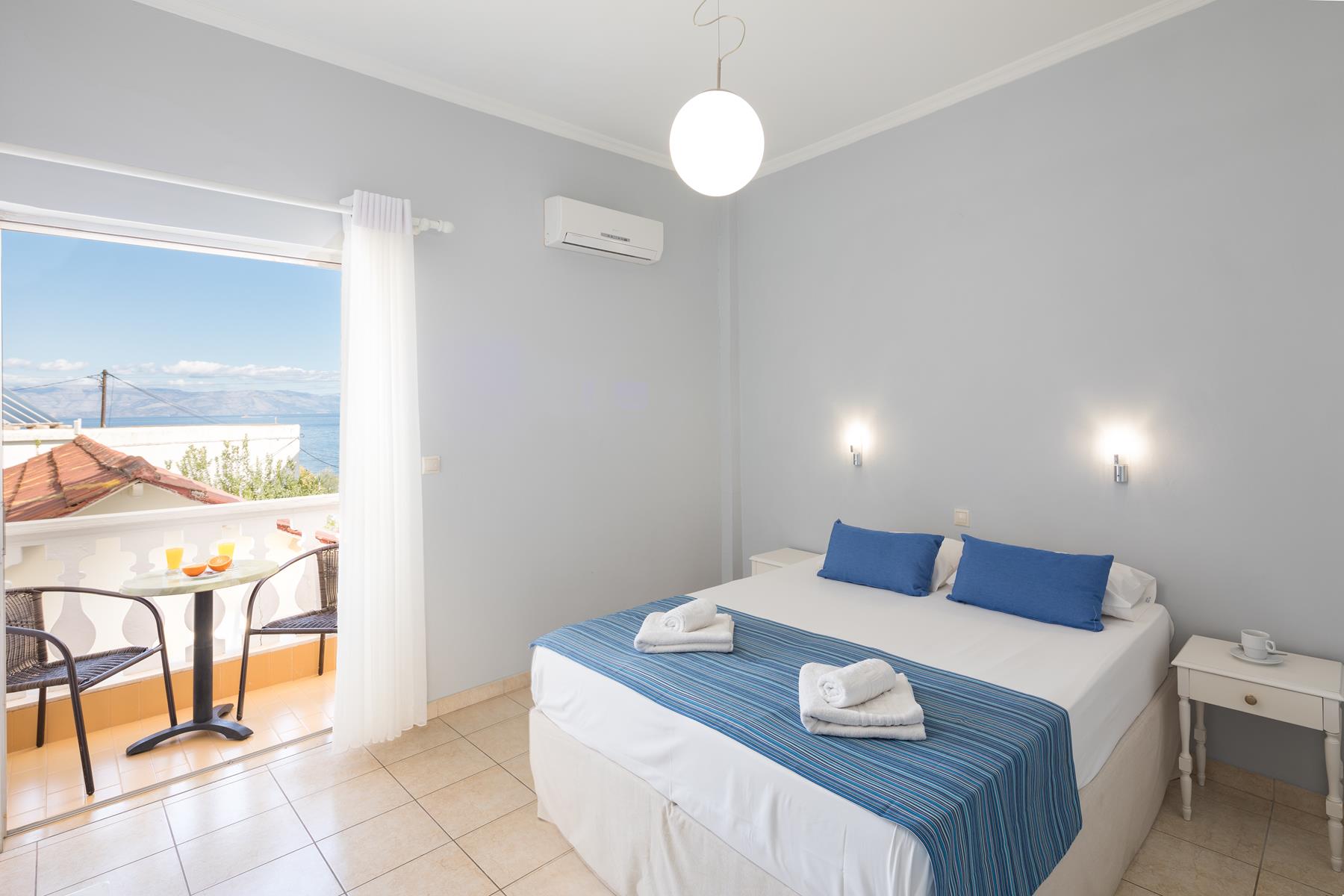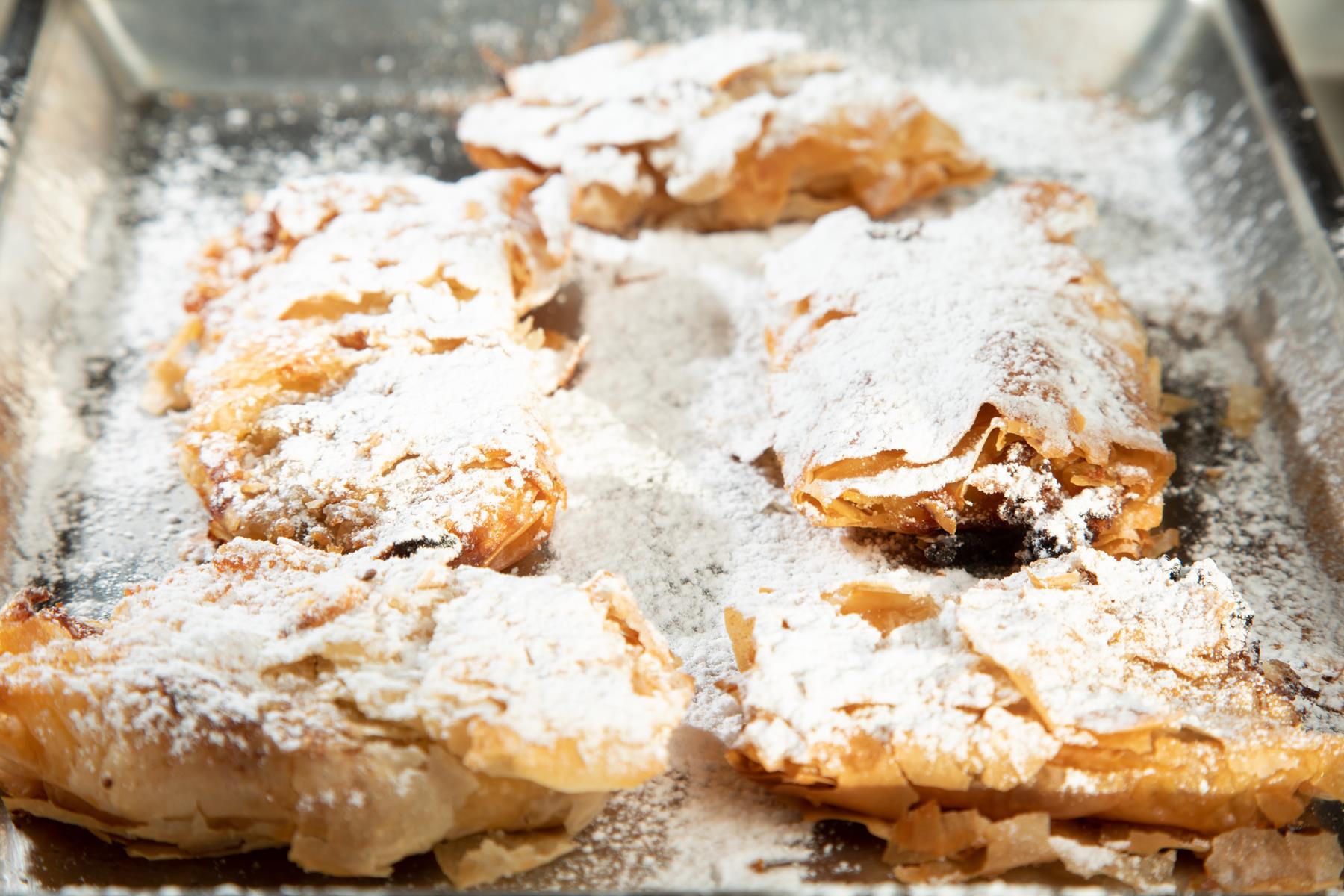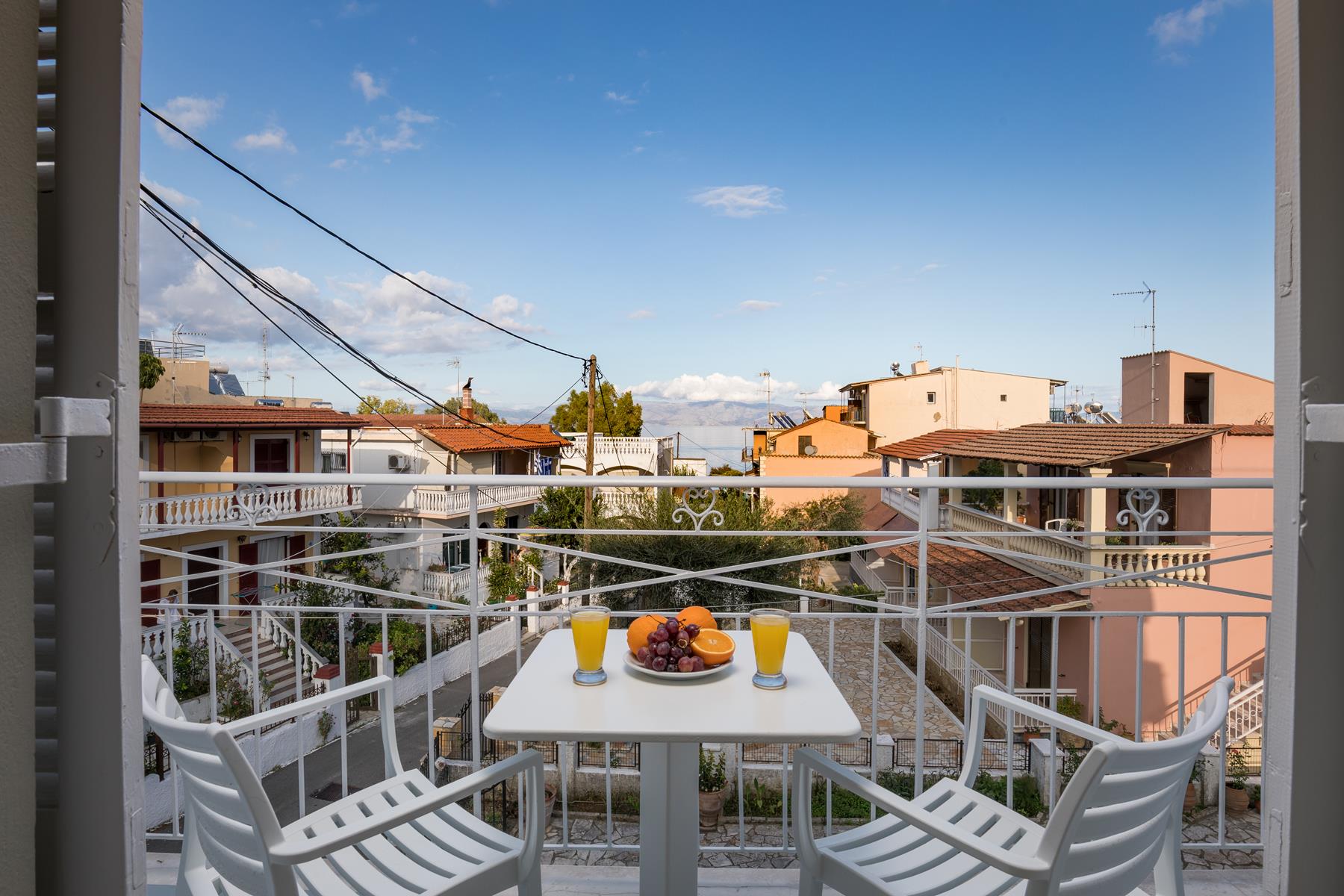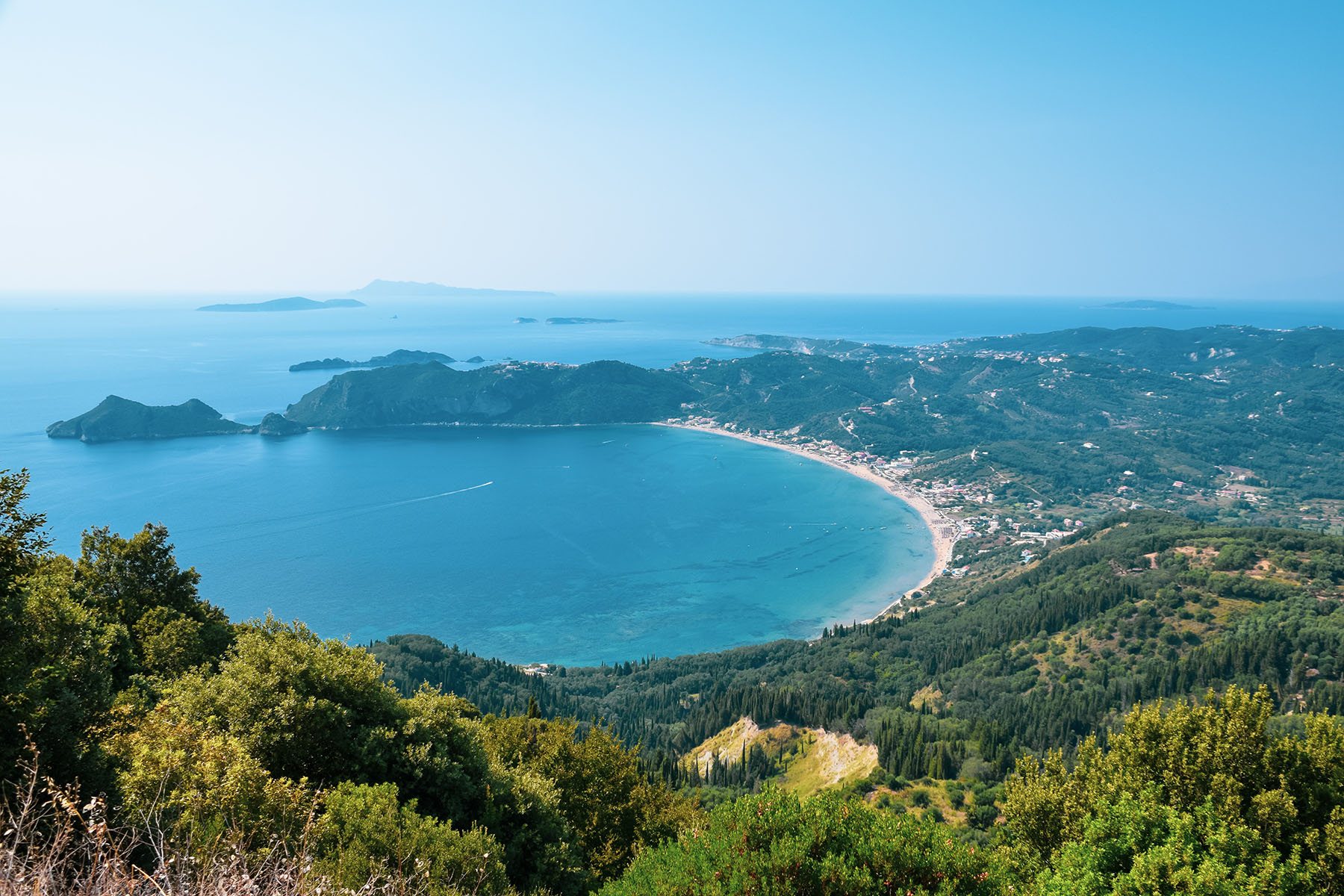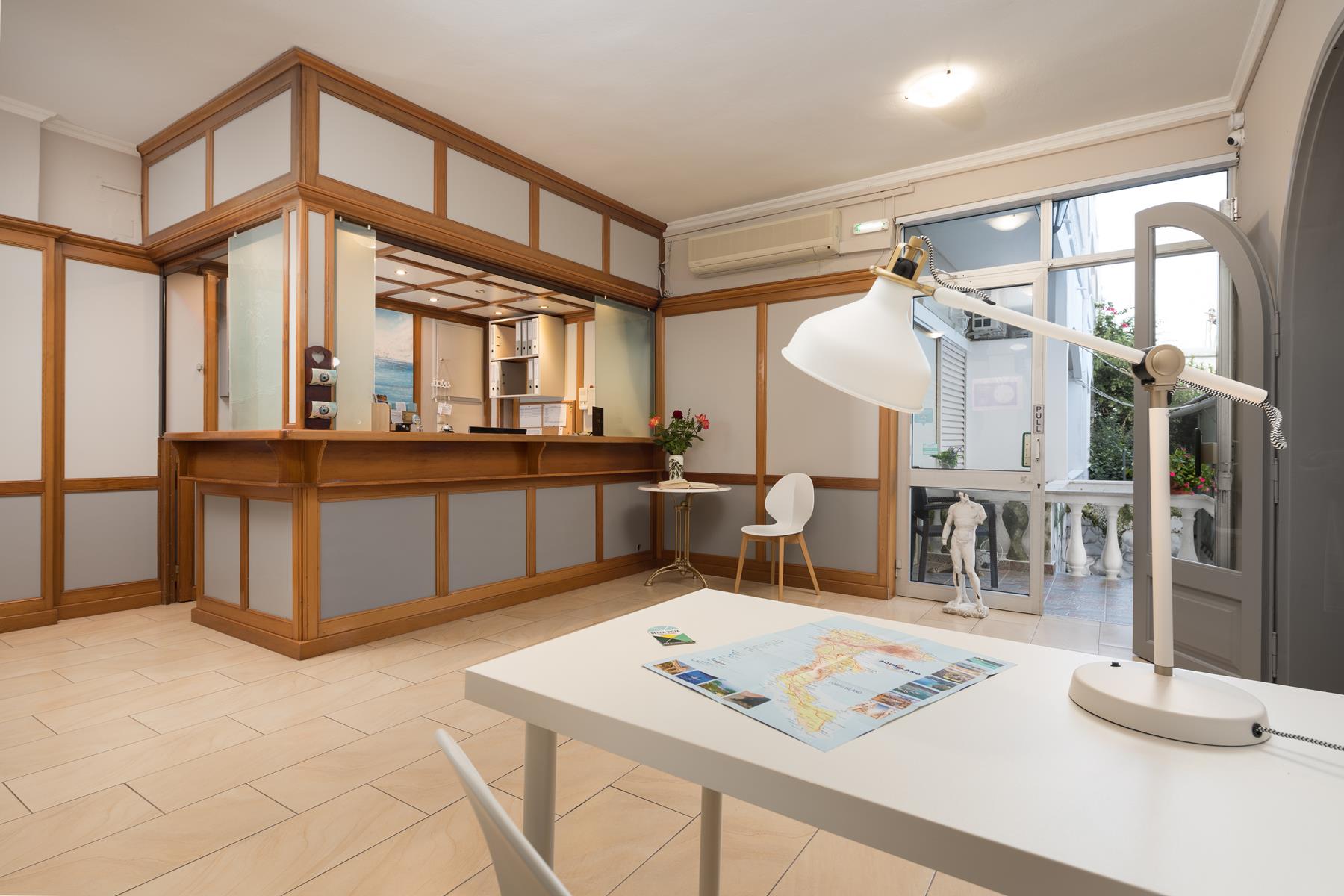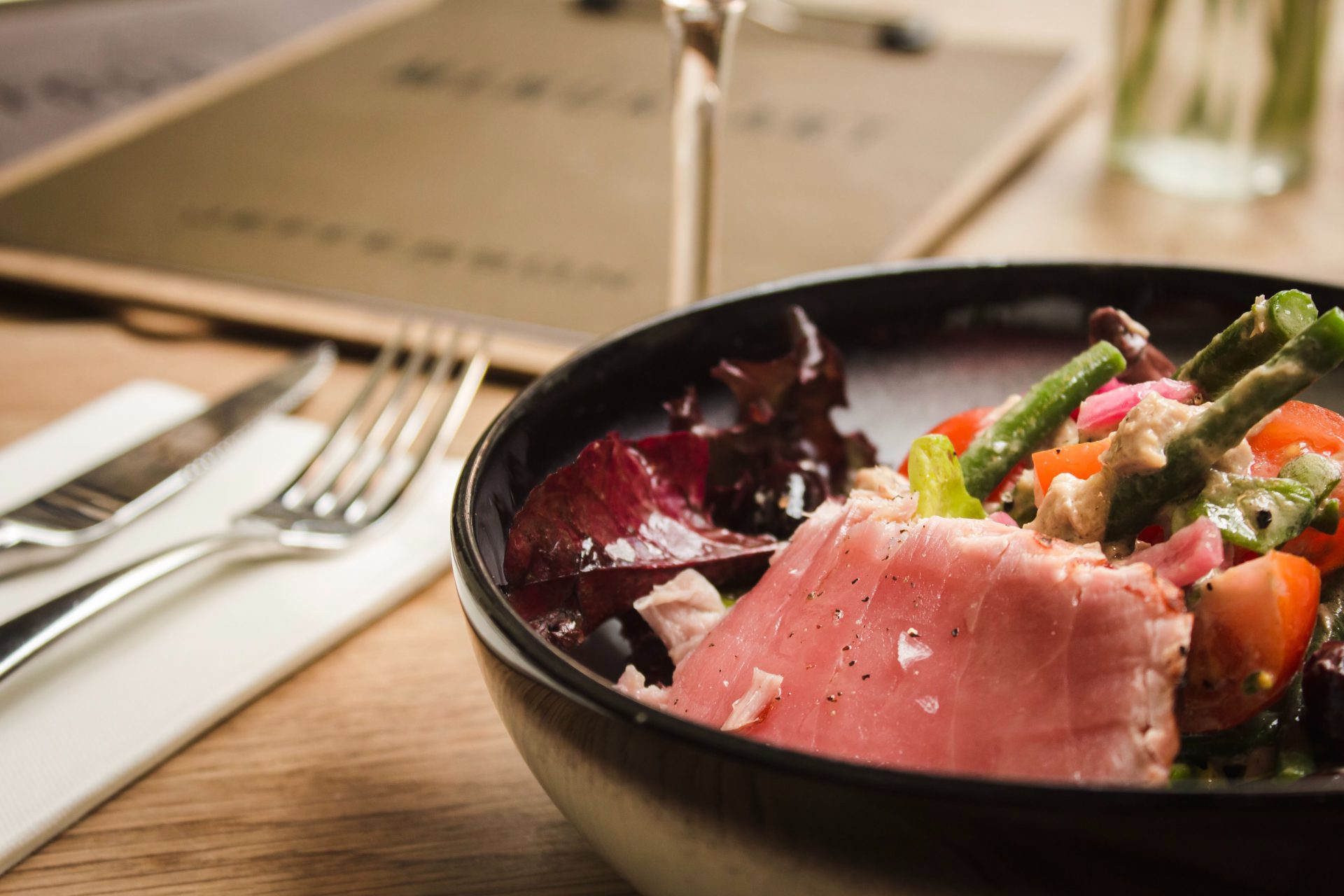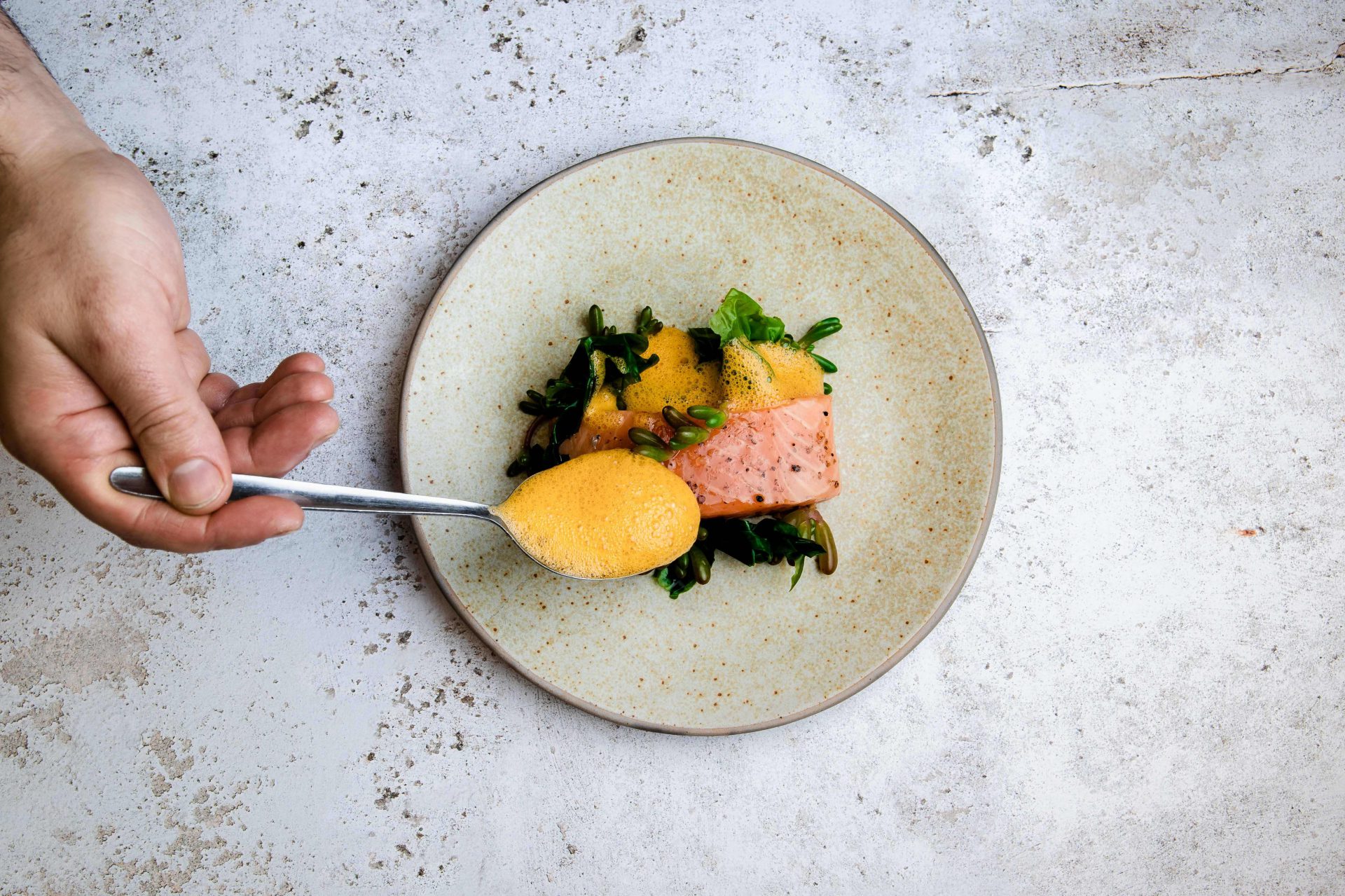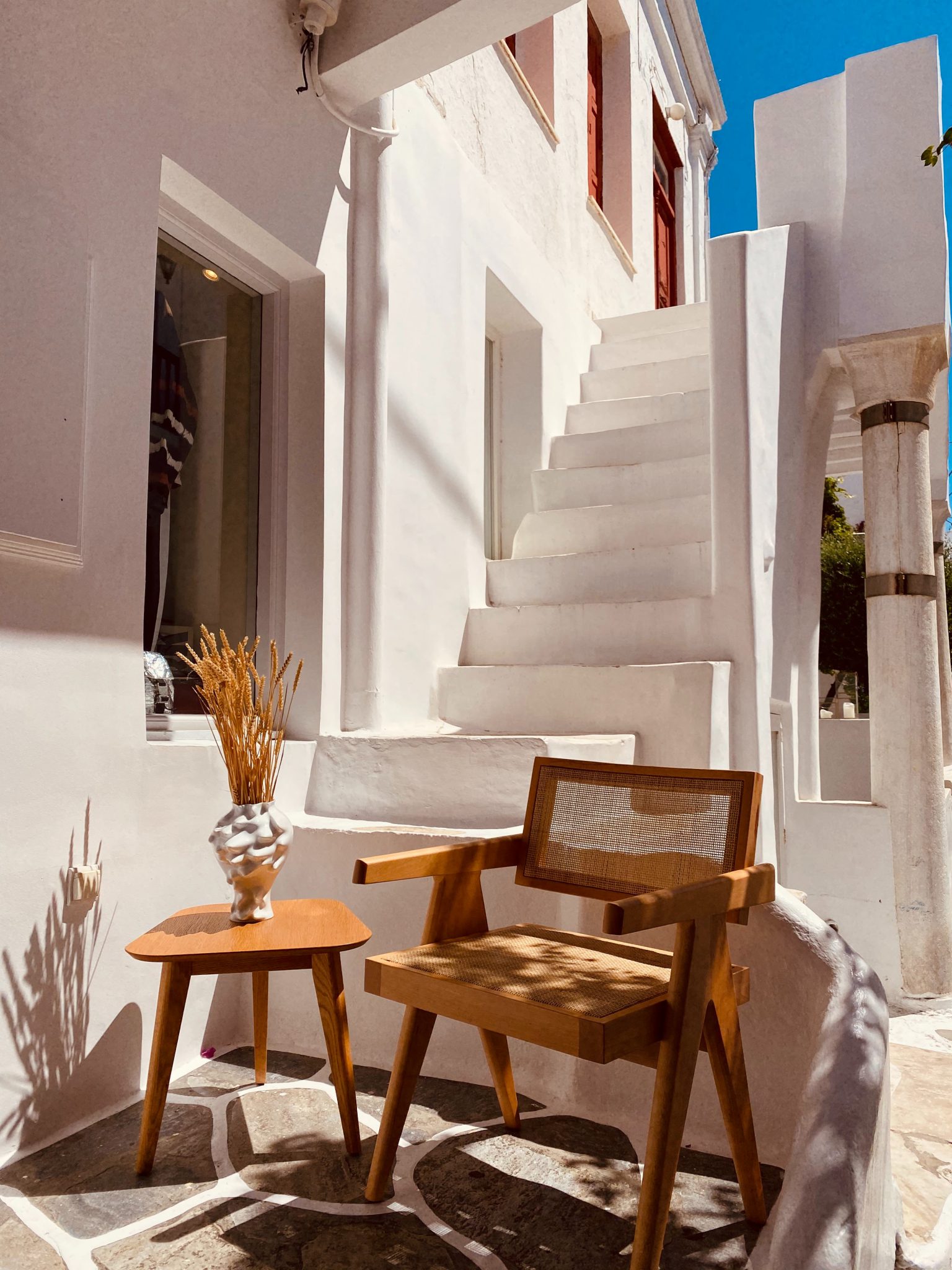CORFU EASTER
Easter in Corfu is a festive and lively affair by comparison to other areas in Greece. First-time visitors are always amazed (and perhaps, a bit surprised!) to experience the traditional processions and services held throughout the week.
Most of the locals celebrate Orthodox Easter as they belong to the Orthodox Christian faith, but celebrations held also include various pagan traditions, Roman Catholic services, and the celebration of Corfu’s patron saint, Saint Spyridon.
Even Venetian customs contribute to this unique, multi-cultural celebration! All Easter celebrations in Corfu are enhanced by the colourful arrival of spring and the beautiful music from several philharmonic bands playing through the town.
Due to the popularity of this special celebration, we strongly recommend bookings and making travel arrangements far in advance. Hotels in Old Corfu Town are in high demand, and this can be reflected both in price and availability.
Bella Vista Hotel & Studios, however, provides the perfect accommodation for this celebration, as we are only a short bus or car ride away from the Old Town, and we offer competitive prices during the Easter season!
You can reserve your stay at Bella Vista by clicking here!
EASTER IN CORFU
In Corfu Town, Easter consists of a sacred set of traditions. It’s a great time for tourists to soak in the religious culture of the island. Greek Orthodox Easter is a sight to behold. Here is the holy week you can expect in Corfu’s capital city.
SUNDAY BEFORE EASTER (PALM SUNDAY)
Palm Sunday’s procession of Saint Spyridon takes place to commemorate one of his miracles: the instance in which he freed the island of a deadly plague in 1629. The procession has been held since 1630 and all 18 of the bands on the island participate!
Later that evening, there is a concert performed by the Philharmonic Society “Mantzaros” at the Municipal Theatre.
GOOD MONDAY
On Good Monday, locals head to fresh markets and shops in Old Corfu Town to begin preparing for the festivities to come. At home, they prepare special delicacies for Easter such as foyátsa (a kind of brioche decorated with a red egg), and mandoláto (a macaroon made of almond and honey historically favoured by nobles). The warm aroma of freshly-baked pastries drifts through the streets and inside the many churches that will hold evening mass throughout the city.
GOOD TUESDAY, WEDNESDAY & THURSDAY
On Good Tuesday, the story of Mary Magdalene is read aloud by the congregation in Corfu Town’s churches. At 9:00 p.m., poems such as “From Golgotha to Resurrection” are also read aloud. Afterwards, music is performed at the Peristyle of the Old Palace.
On Good Wednesday, locals attend the Holy Unction. There, priests anoint churchgoers with holy oil. At 8:30 p.m., the Municipal Theatre hosts the Municipal Chorus as it sings the ecclesiastical hymns of Passion Week.
On Good Thursday, local churches hold a service in honour of the Holy Passion. In the Catholic Cathedral, Duomo, 12 candles are lit at noon and snuffed in succession as the 12 Gospels are read aloud. A bell rings on Good Thursday that alerts the populace to dye their Easter eggs red; this symbolises rebirth and the cyclical nature of the world we live in.
GOOD FRIDAY
As day breaks, the initiation of Good Friday is signified by the ringing of funeral bells. A morning procession carries the effigy of the body of Christ. On this day, young girls decorate the epitaphs, whose circumambulation begins in the early afternoon and is accompanied by choruses and bands.
At 4:00 p.m., a larger procession ensues. It begins at the Church of St. George near the Old Fortress. This procession moves forward until nightfall, when each church in the town (with the exception of Church of St. Spyridon) holds individual epitaphs accompanied by harmonic bands.
At 9:00 p.m., the final and most magnificent epitaph begins. It is performed by the Metropolitan Church, and the philharmonic bands accompany them with sombre, mourning hymns. This is followed by schoolchildren and the boy scouts who march together in a procession. The air hangs heavy with sadness and reverence as people remember Christ’s sacred sacrifice.
HOLY SATURDAY
Good Saturday begins at 6:00 a.m. in the Church of St. Mary, where an earthquake referenced in the Bible after Jesus’s resurrection is simulated. From 9:00 a.m., an epitaph begins at the Church of St. Spyridon in the centre of Old Corfu Town. The procession moves rhythmically with the music performed by three of Corfu’s finest philharmonic bands.
At 11:00 a.m., a crowd gathers and waits for the “First Resurrection.” When Mass ends at the Metropolis (the main cathedral), bells from every church in Corfu ring out. Then, inspired by a passage in the Bible, thousands of ceramic vases filled with water are thrown from the balconies overlooking the streets of the Old Town. When you talk about Corfu Easter, pot throwing is usually referenced. This is why!
Just before 23:00 p.m., everybody gathers in the central square, where a Holy Mass takes place. Each person in attendance bears a candle lit by a holy flame that they carry throughout the service and take home with them. Every home in the Old Town burns dozens of candles on their balconies which creates a one-of-a-kind heavenly glow over the whole city.
Precisely at midnight, the Second Resurrection occurs. A priest says “Christos Anesti,” and a magnificent bonfire is lit. Everyone shakes hands and wishes each other peace and a Happy Easter. According to tradition, every family boils eggs and paints them red, then they try to break them over the head of other family members.
EASTER SUNDAY
On Easter Sunday morning, at 7 a.m., a huge parade of icons pertaining to the Resurrection walks through the streets of Corfu Town. The parade concludes around 10 a.m. but this is when the real celebration starts! At 11:30 a.m., an early lunch is hosted at the New Fortress Naval Base, followed by another parade at 6:30p.m. that begins at the Church of Agia Triada (Church of the Holy Trinity) in Garitsa.
While traditionally Greek Easter meals feature lamb, the Corfiot Easter feast does not typically include it. Instead, various other meats and red-dyed eggs play a major role. Traditional Corfiot cuisine also plays a part in the holy week. The tradition is to crack the red eggs against other eggs, and then to place the shells on the doors, or to throw them into the garden to bless the next harvest. In addition, whoever has the egg that breaks all the other eggs is said to be blessed with good luck for the rest of the year!


